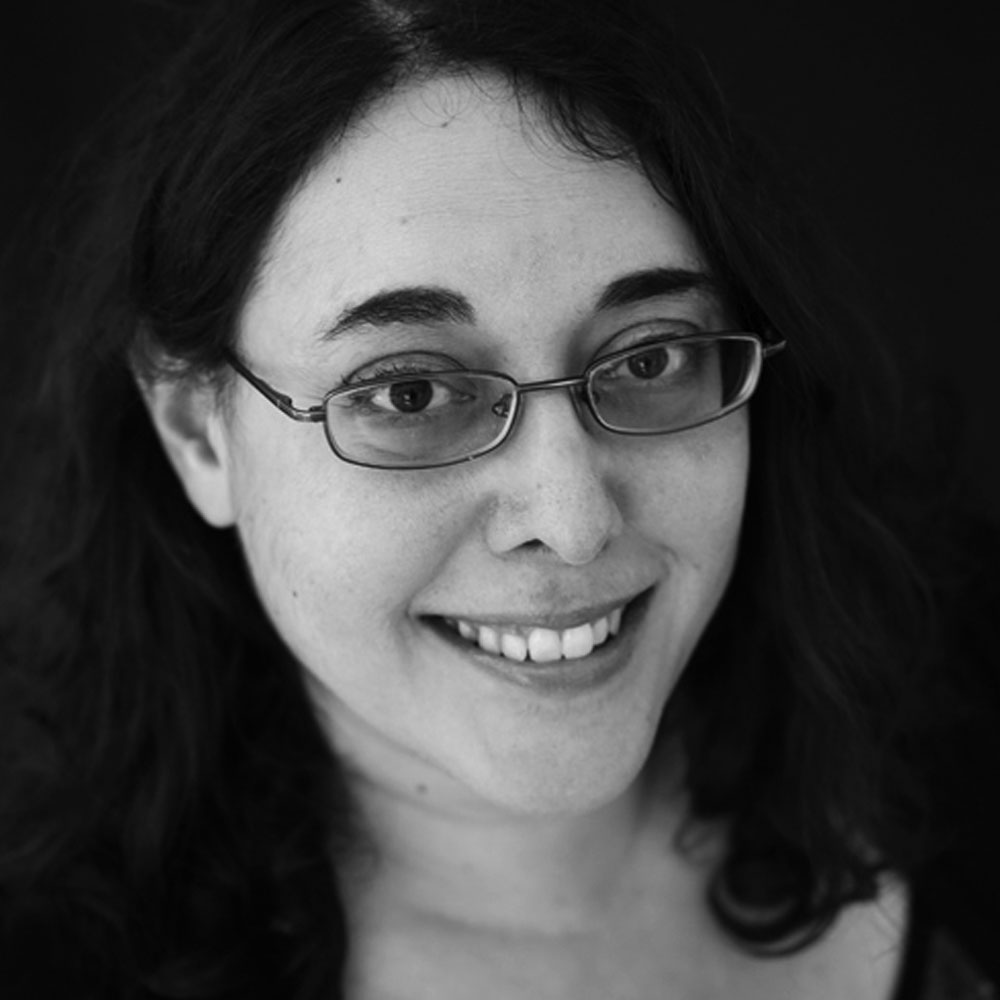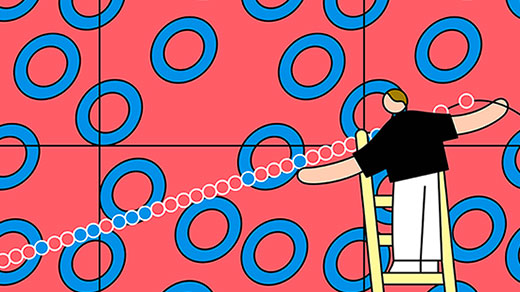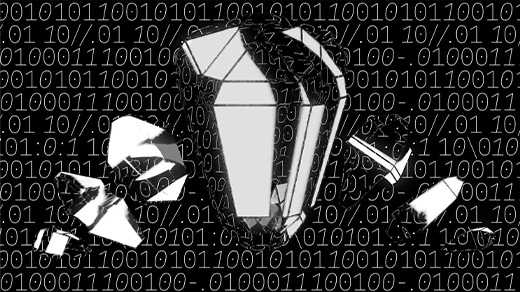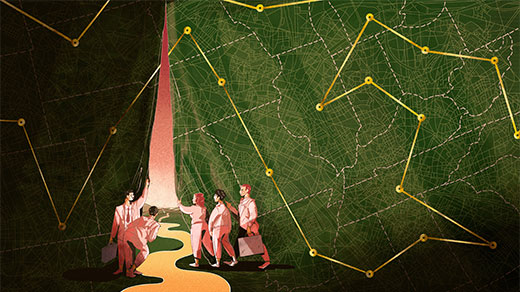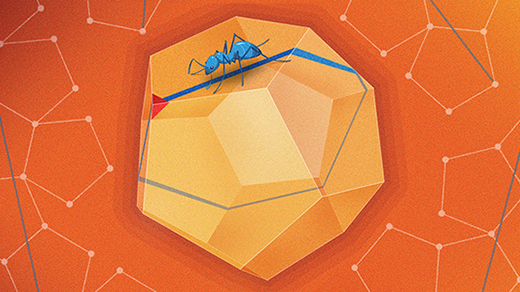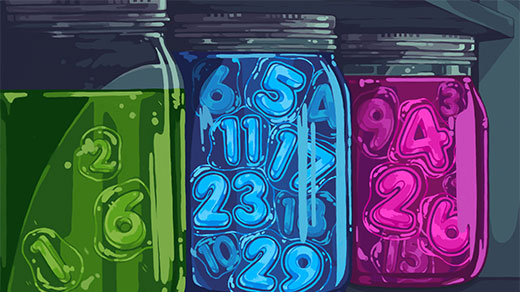Latest Articles
Which Computational Universe Do We Live In?
Cryptographers want to know which of five possible worlds we inhabit, which will reveal whether truly secure cryptography is even possible.
Researchers Identify ‘Master Problem’ Underlying All Cryptography
The existence of secure cryptography depends on one of the oldest questions in computational complexity.
Mathematician Hurls Structure and Disorder Into Century-Old Problem
A new paper shows how to create longer disordered strings than mathematicians had thought possible, proving that a well-known recent conjecture is “spectacularly wrong.”
Mathematician Disproves 80-Year-Old Algebra Conjecture
Inside the symmetries of a crystal shape, a postdoctoral researcher has unearthed a counterexample to a basic conjecture about multiplicative inverses.
Statistics Postdoc Tames Decades-Old Geometry Problem
To the surprise of experts in the field, a postdoctoral statistician has solved one of the most important problems in high-dimensional convex geometry.
Computer Scientists Achieve ‘Crown Jewel’ of Cryptography
A cryptographic master tool called indistinguishability obfuscation has for years seemed too good to be true. Three researchers have figured out that it can work.
Computer Scientists Break Traveling Salesperson Record
After 44 years, there’s finally a better way to find approximate solutions to the notoriously difficult traveling salesperson problem.
Mathematicians Report New Discovery About the Dodecahedron
Three mathematicians have resolved a fundamental question about straight paths on the 12-sided Platonic solid.
Landmark Math Proof Clears Hurdle in Top Erdős Conjecture
Two mathematicians have proved the first leg of Paul Erdős’ all-time favorite problem about number patterns.
